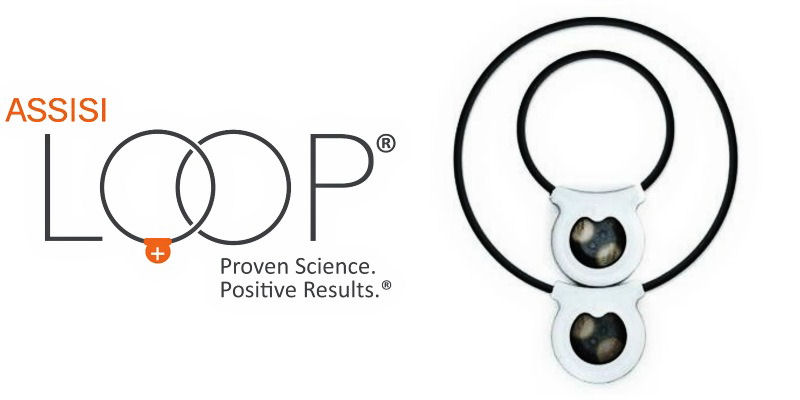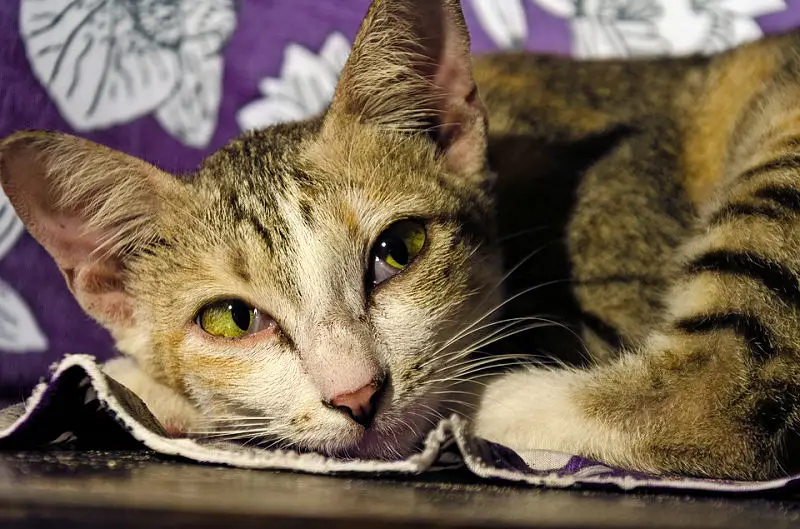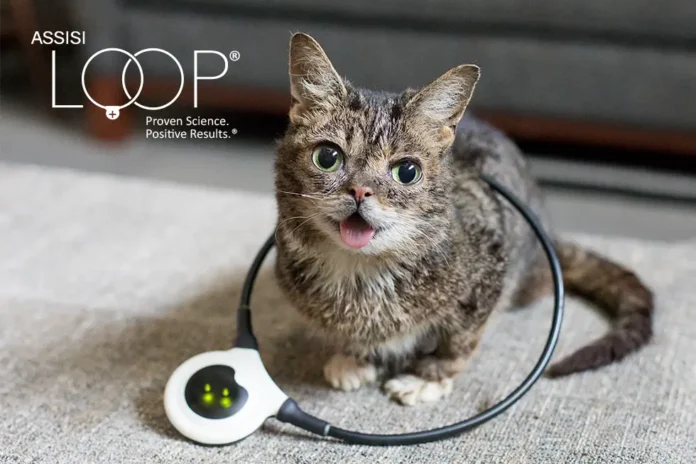Understanding Cat Pain: Why Cats Hide Discomfort and How to Recognize It
Cats, like many companion animals, possess an extraordinary ability to conceal pain and discomfort. Their natural instinct carries a historical weight, as displaying any signs of weakness could make them vulnerable to predators in the wild. This instinct to hide pain can complicate the ability of pet owners to identify potential health issues until they reach critical levels.
The Instinctual Reasons Cats Conceal Pain
The tendency for cats to mask their pain stems from their “jungle cat” ancestors. In their natural habitats, showing any signs of vulnerability could lead to dire consequences, such as loss of status within their social structures, diminished access to food, and increased risk of predation.
Moreover, domestic cats retain this instinctive behavior inherited from their wild ancestors. Even when they are ill or in pain, their survival instincts prompt them to behave as if nothing is wrong, making it challenging for owners to discern their condition.

Identifying Signs of Pain in Cats
As responsible pet owners, it is crucial to recognize subtle behavioral changes that might indicate discomfort. Here are some signs to look for:
- Reluctance to jump or climb
- Withdrawal from play or engagement
- Changes in eating or drinking habits
- Altered grooming behavior
- Changes in vocalization or body language
Many cat owners wonder, “What can I give my cat for pain?” However, it is vital to consult a veterinarian before administering any medication, as cats have unique physiological needs that require specialized treatment.
Consulting a Veterinarian: The First Step to Relief
If you suspect that your cat is in pain, the first step is to reach out to a veterinarian. They can conduct a thorough examination to identify the cause, whether it be arthritis, injury, or an underlying health issue. Pain in cats can be more complex than merely age or joint disease, so professional guidance is indispensable.

Available Treatment Options for Cat Pain Management
Currently, options for pain management in cats may include:
- Non-steroidal anti-inflammatory drugs (NSAIDs) such as Robenacoxib (Onsior) and Meloxicam for short-term use
- Opioids for severe pain, particularly after surgery or for chronic conditions
- The innovative Assisi Loop, a non-pharmaceutical device employing targeted Pulsed Electro-Magnetic Field (tPEMF) therapy to stimulate the body’s natural healing mechanisms
It’s essential to note that human medications should never be given to cats without a veterinarian’s explicit direction, as the delicate feline liver and kidneys are particularly susceptible to adverse reactions.
The Assisi Loop: A Safe Alternative for Pain Management
Many veterinarians recommend the Assisi Loop for effective pain control and inflammation reduction. This FDA-cleared device is designed to enhance the body’s production of nitric oxide, promoting healing in various musculoskeletal and inflammatory conditions.

The device can demonstrate beneficial effects in a few sessions, making it a viable option for ongoing treatment in cats facing chronic pain or recovery from surgery.
Recognizing Abnormal Behavior in Cats
It is essential to be aware of your cat’s normal behavior patterns. Changes that may indicate pain or illness can vary widely among different cats. Common disruptive signs include aggression, litter box issues, and unusual vocalizations. Owners may misinterpret these changes as behavioral problems rather than recognizing them as indicators of discomfort.

Final Thoughts: Take Action for Your Cat’s Health
Understanding your cat’s behavior and being alert to signs of pain is crucial for ensuring their health and well-being. If you suspect your feline companion is suffering, do not hesitate to seek veterinary advice for proper treatment options.
For more information about the Assisi Loop and its efficacy, visit:
We invite our readers to share their experiences in detecting pain in cats and the measures taken to address it in the comments section below.












